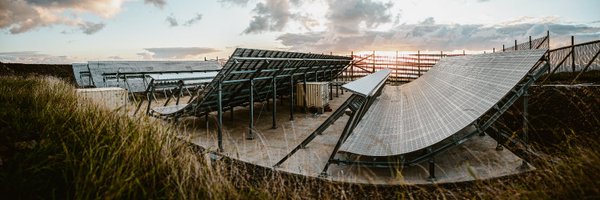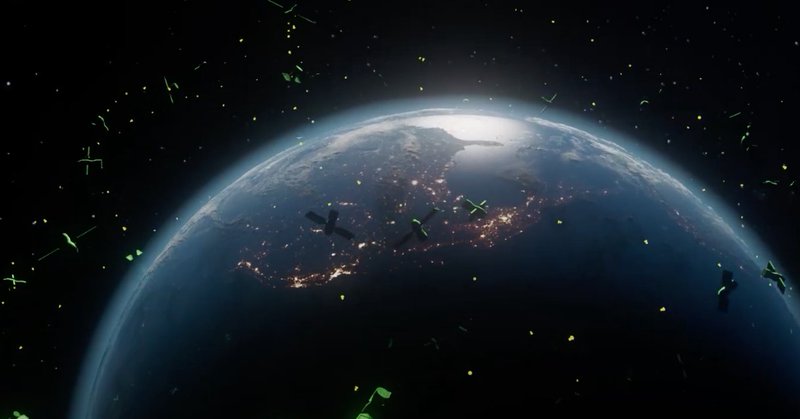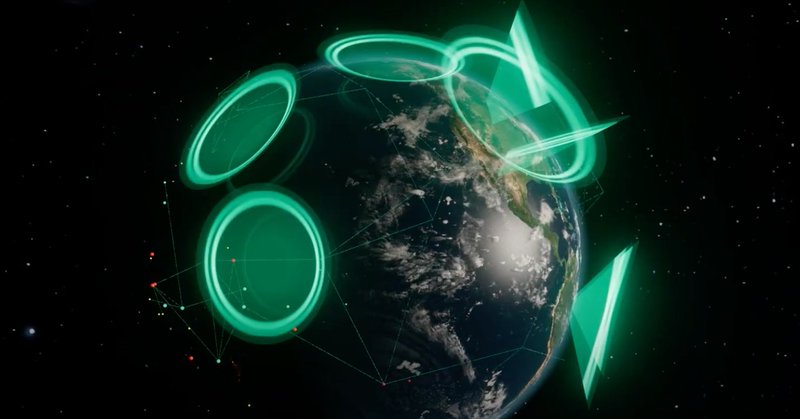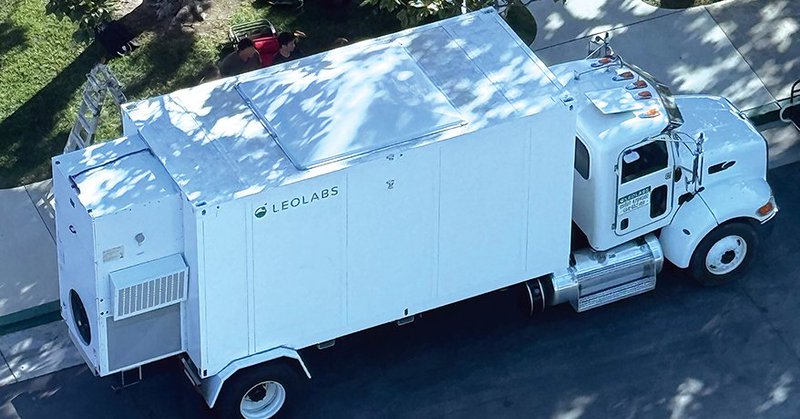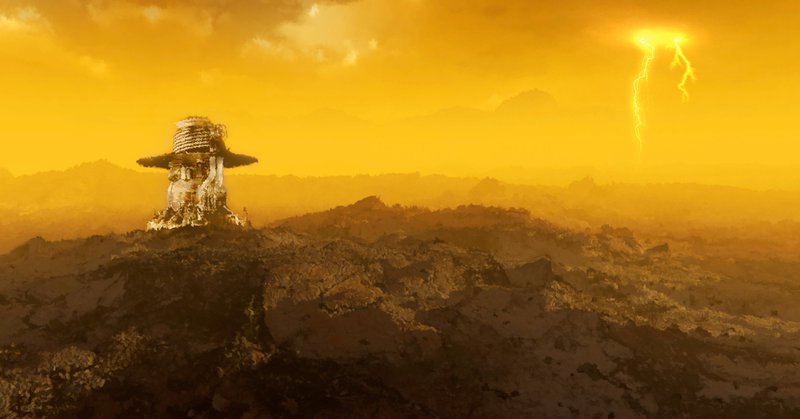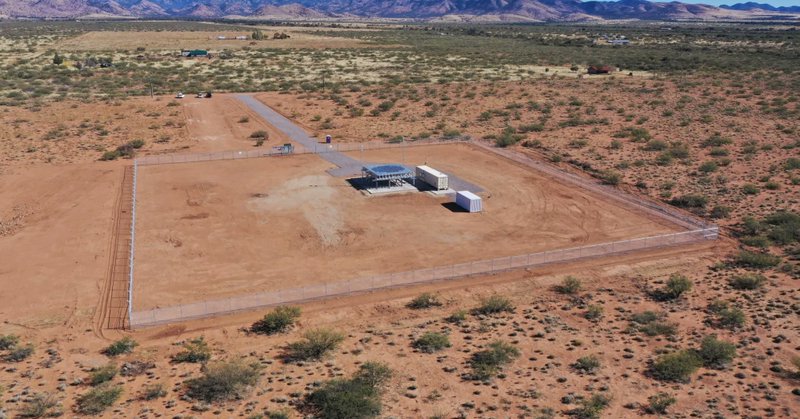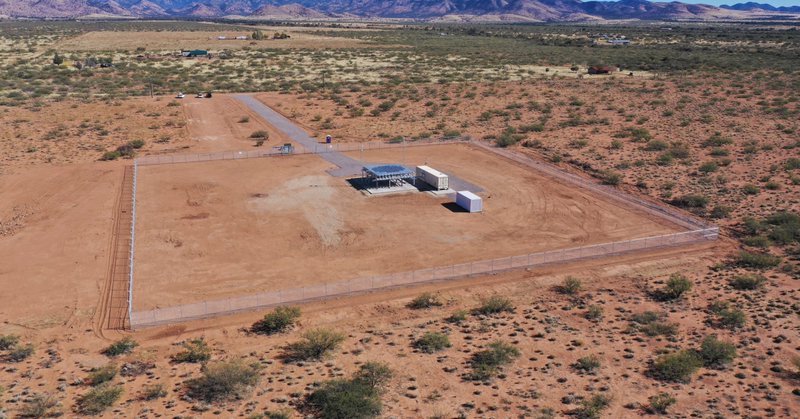
LeoLabs
@LeoLabs_Space
Followers
27K
Following
1K
Media
453
Statuses
1K
Persistent Orbital Intelligence 📡 🛰️
Menlo Park, CA
Joined September 2016
Today at @SpaceFoundation's #SpaceSymposium, we unveiled Scout, our next-generation, expeditionary radar designed for mobility, modularity & rapid deployment. Read the full announcement 🔗 . #ORBINT #40thSpaceSymposium
1
7
25
🤝 LeoLabs has entered into a Space Act Agreement with @NASA to explore how our commercial orbital intelligence can enhance NASA’s conjunction assessment capabilities. 🛰️ . Learn more #ORBINT #SpaceTrafficManagement #SpaceSafety.
leolabs.space
LeoLabs has been selected for a $4M Tactical Funding Increase opportunity by SpaceWERX, the innovation arm of the U.S. Space Force (USSF). Under the TACFI, LeoLabs will develop and deploy a software...
0
5
16
Will we see you next week at @SmallSat? With objects and activity in LEO rapidly accelerating and #SmallSat missions becoming ever more ambitious, space flight safety and persistent Orbital Intelligence are more important than ever. Stop by booth 311 to learn more! #SmallSat2025
0
1
6
LeoLabs CEO Tony Frazier was recently interviewed on @NSheinbaum's Crossing the Valley podcast to explore our company's origins, technology, strategy, and recent milestones. Read an abridged Q&A from the conversation and check out the full episode ⬇️
leolabs.space
LeoLabs announced the appointment of Ramsey Price as Chief Financial Officer (CFO).
1
2
7
LeoLabs has been selected for a $4M TACFI through @AFResearchLab's @SpaceWERXDOD to develop & deploy a software upgrade for our next-gen Scout-class radar that will enhance the detection & tracking of foreign launches. Read the announcement 🔗 . #ORBINT.
leolabs.space
LeoLabs has been selected for a $4M Tactical Funding Increase opportunity by SpaceWERX, the innovation arm of the U.S. Space Force (USSF). Under the TACFI, LeoLabs will develop and deploy a software...
1
3
25
The @SpaceForceDoD recently released a mini documentary titled “America's Invisible Front Line” that explores the criticality of space to global security, the global economy, and our way of life on Earth. Check it out ▶️ . #ORBINTInsight #SpaceSecurity.
0
0
4
LeoLabs' Darren McKnight was featured in @nytimes on the reentry of #Kosmos482, a Soviet era Venus probe orbiting Earth since 1972. A reminder of the growing risks from space debris and the need for persistent tracking. 🌍🛰️. .#SpaceSafety.
nytimes.com
Kosmos-482, which was headed to Venus, is expected to re-enter Earth’s atmosphere by the end of this weekend. Experts don’t yet know where it may come down.
1
3
15
Thanks to all who joined us last night at @SpaceFoundation's #40thSpaceSymposium to learn how we are accelerating persistent Orbital Intelligence with Scout, our new, expeditionary radar. ICYMI Read about Scout in @SpaceNews_Inc 🔗 #ORBINT
0
1
8
📽️ Learn how we're integrating legacy and next-gen radars to create a low-latency #OrbitalIntelligence network to identify & monitor space-based activity with unparalleled precision. . #ORBINT #40thSpaceSymposium.
0
2
14
We’re excited to unveil the new LeoLabs website, marking a significant milestone in our growth. This rebrand reflects our unwavering commitment to advancing persistent #OrbitalIntelligence to meet evolving space challenges. ❇️ . Check it out! 🔗 . #ORBINT
0
10
38
✒️ LeoLabs signed an MOU with ST Engineering Geo-Insights to explore #SpaceSituationalAwareness collaboration in Asia-Pacific! With LEO approaching 70,000 satellites by 2030, our next-gen radar tech enables persistent Orbital Intelligence. 🔗 #ORBINT.
leolabs.space
LeoLabs entered a Memorandum of Understanding (MOU) with Singapore-based ST Engineering Geo-Insights. The signing marks the beginning of collaboration in space traffic management solutions. Under the...
0
2
12
#ICYMI ➡️ LeoLabs selected for @AFResearchLab @SpaceWERXDOD STRATFI to expand our Global Radar Network, including deploying a next-gen Seeker radar in the Indo-Pacific. This boosts #SpaceDomainAwareness & strengthens #space security. Read more 🔗 #ORBINT.
leolabs.space
LeoLabs has been selected for a Strategic Funding Increase (STRATFI) opportunity by SpaceWERX to develop, deploy, and operate a Seeker-class Ultra High Frequency (UHF) radar in the Indo-Pacific...
0
2
19
We’ve been selected for a $60M @AFResearchLab @SpaceWERXDOD STRATFI to expand & enhance our Global Radar Network by deploying a new, Seeker-class radar in the Indo-Pacific. 📡 Read more in @SpaceNews_Inc 🔗 #ORBINT.
spacenews.com
LeoLabs to build space-monitoring radar in Indo-Pacific region
0
3
23
📸 We're loving these shots shared by Singapore University of Technology and Design from our CTO @astroEdLu's visit this week! . Ed spoke to students about #SpaceSituationalAwareness and also shared lessons learned on his journey from @NASA astronaut to #space tech innovator. 🚀
0
1
10
📸 LeoLabs is in Singapore this week! Our CTO @astroEdLu spoke at @NUSingapore's Space Symposium about the importance of #SpaceSituationalAwareness. He also spoke with students from Singapore University of Technology & Design about #space careers.
0
2
11
LeoLabs CTO & Co-Founder Dr. Edward Lu @astroEdLu will speak next week at the Singapore Space Symposium hosted by @NUSingapore . 🇸🇬 If you're attending, don't miss the opportunity to hear Ed's perspective on the rapidly changing world of #SpaceSituationalAwarenes. See you there!
0
2
8
It was our pleasure to sponsor @NSSASpace's #DISC25 event this week. LeoLabs CEO Tony Frazier participated in a fireside chat with Maj. Gen. Stephen Purdy in which they discussed agile #space acquisition, #AI & much more. Thanks to the organizers for a great event! 🛰️
0
2
10
